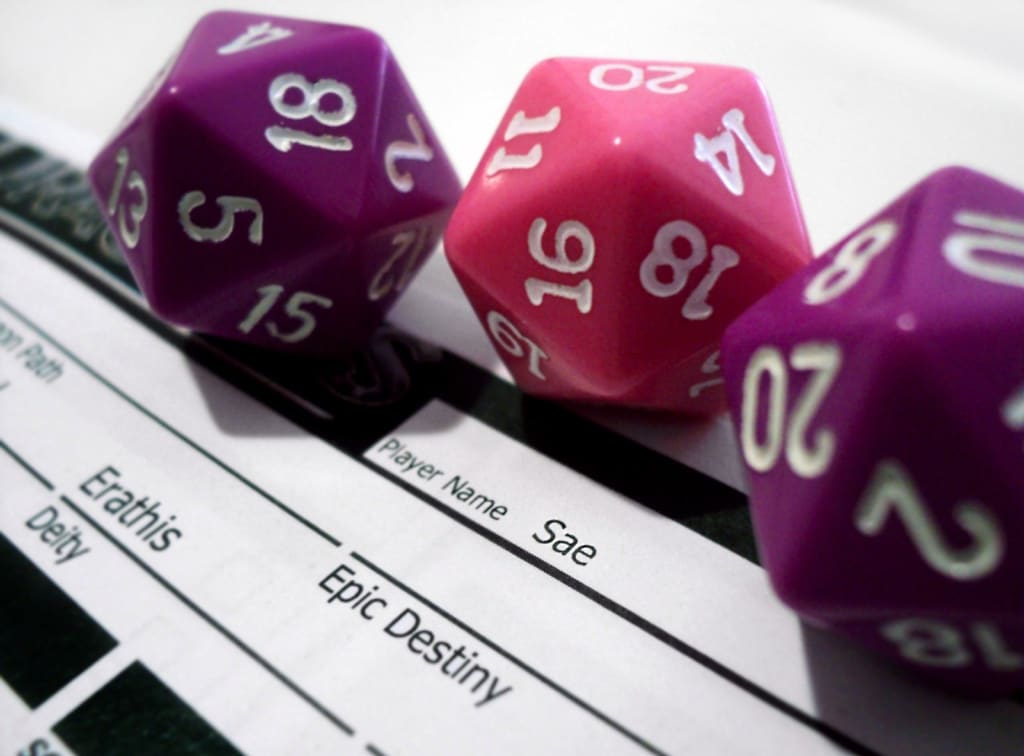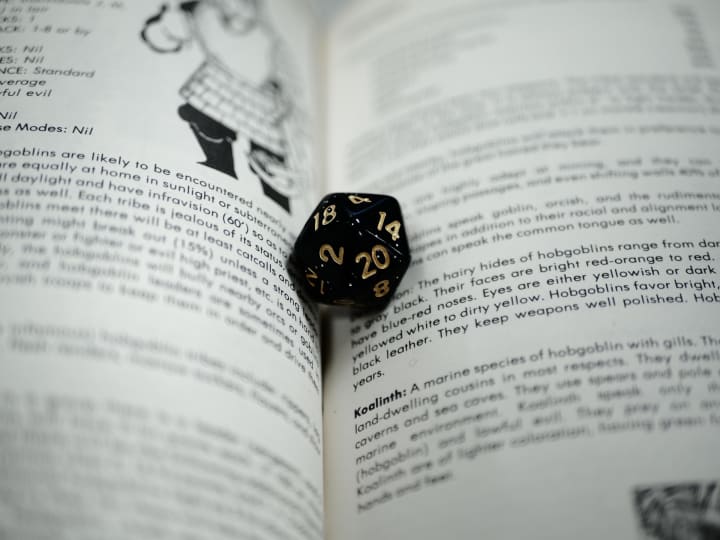Think Outside the Box: Tips for a First Time Game Masters
Tips for the first time GMs

First Time Game Master Mistakes

Starting out as a Game Master can be daunting. You are responsible for learning all the logic behind the lore, and taking the curve balls that your players throw at you in stride. The key to remember is that the DM and the players are creating the story together.
A common mistake that new GMs make is boxing their players into a corner. In one of my early game experiences, I was playing with a group of friends and a first time GM. Our entire party died during our second session. This was due to an unstoppable army of baddies, low level characters, and an “infinite health zone” that none of the players knew about.
Our GM had created a shack in what was otherwise an open forest area. The “magic” shack granted the power of infinite regeneration of health to anyone standing inside it. Of course none of us thought cornering ourselves in a small space against such a horde was a good idea, and none of us discovered the shack’s abilities until after we had all died. The DM literally wanted to put us in a box.
It was frustrating for everyone. As a new player, I was excited to begin my adventure and had put a lot of thought into creating my character. Being killed off so quickly was a huge disappointment, and would have put me off from continuing to play had I not been with such a close group of friends. The DM promised to rethink our next play session, and we persevered with our campaign after a well-deserved table-flip.
Easter Eggs are Meant to be Found

It was a tough lesson, but it’s important as a GM to anticipate the thinking of your players, especially if you want to encourage them in a particular direction. Surprises and “Easter eggs” are a fun way to keep a game interesting for the players, but be sure not to hide your eggs so well that your players won’t ever find them. When plotting out your surprises, think of ways to lure your players in that direction. Perhaps a key NPC can help lay out some mysterious exposition? Or you could create a breadcrumb trail of loot drops that all seem to fit together, leading the players towards the secret they must discover.
Gauge the Encounter Difficulty

It can be tricky to maintain balance between the skill level of your players and the difficulty of your game’s hidden components. Make it too obvious, and your players are left with no satisfaction in the discovery. Make it too difficult, and the discovery is never made. A good way to maintain this balance is to feel out your players’ responses as the story unfolds, almost like a game of hot and cold. If your players are wandering away from the hidden objective, make the clues easier. If your players are red hot, ease up on the hints and allow them to puzzle it out for themselves.
Always Have a Backup Plan

Whatever mechanics you employ, always think to yourself, what would my players do? How might they react to this? Yes, there will always be the odd ball player who seems to be as contrary as possible and throws all your best laid plans out the window. In either case, it’s important to have a Plan B. There is no guarantee that your players will follow your direction.
It’s advantageous to have a side plot prepared. In the best case, you don’t have to use your side plot and you can keep it on hand for the next game. It’s handy to have a new turn to the adventure ready to go for your players and their contrary ways, rather than be left fumbling behind your screen.
(Protip: Random NPC generators like Here Be Taverns are specially designed to help you come up with things on the fly when your players wander off the tracks.)
The Path to Victory

The last item that’s key to avoid boxing your players into an unwinnable situation is to ensure there is more than one way to win. In the “secret magic shack” encounter, there was only one way to win – stand in the shack and kill the enemies in the doorway. There were no other options for us to win the scenario, as the baddies were able to climb trees, and were too fast for us to run away. Make sure your scenarios have at least two different “routes to victory”. Giving your players different ways to win a scenario gives them a better chance at an enjoyable win. Don’t make an “ultimate doom, no one can survive this dungeon” scenario unless your players are specifically asking for that level of extra.
Games are meant to be fun; they shouldn’t be an exercise in torture and defeat (for the heroes anyway). When you open the path to victory for your players, they may surprise you with some of the crafty ways they puzzle out their win, leading to new ideas for your next adventure.
There’s Always Next Time

Don’t be afraid to challenge your players. Setting a worthy trial is what being a good DM is all about. But a great GM is weaving the story alongside their players and laying the path for victory just a step ahead. Remember, even if everyone in the party dies and a table-flip is made, there are always fresh character sheets and a good lesson learned for a better game next time.
About the Creator
Little Alice
I am a creative soul. Author. Artist. The world is my blank page.






Comments
There are no comments for this story
Be the first to respond and start the conversation.